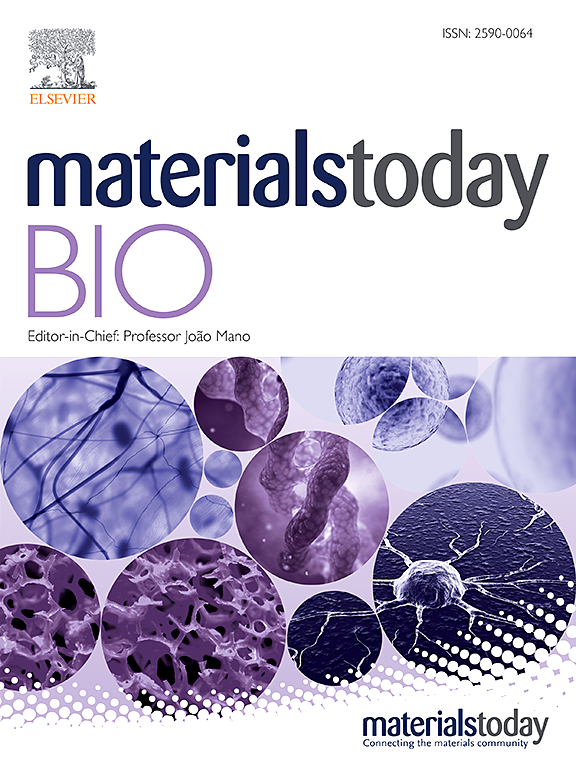Bionic nanovesicles sequentially treat flaps with different durations of ischemia by thrombolysis and prevention of ischemia-reperfusion injury
IF 8.7
1区 医学
Q1 ENGINEERING, BIOMEDICAL
引用次数: 0
Abstract
Flap transplantation is a critical part of the recovery process for patients who have undergone tumor resection. However, the process of ischemia-reperfusion injury during flap transplantation and the resulting high-risk thrombotic microenvironment are unavoidable. In this study, based on an in-depth investigation of the ischemia time and prognosis of transplanted flaps, we propose a treatment strategy using sequential thrombolysis and ischemia-reperfusion injury prevention tailored to the ischemia time. This approach is designed to minimize the likelihood of thrombus formation and to clear the intravascular inflammatory microenvironment, with the aim of preventing and salvaging ischemic flaps. Specifically, we have successfully constructed a clinical-grade bionic vesicle, UK-PBNZ@PM, a system that cleverly incorporates drug components that have been widely used in clinical applications, thereby demonstrating a high degree of clinical translational potential. Prussian blue nano-enzymes (PBNZ) are the core component and demonstrate remarkable efficacy against ischemia-reperfusion injury due to their excellent biocompatibility, robust reactive oxygen species (ROS) scavenging capacity and anti-inflammatory properties. At the same time, urokinase (UK), a key pharmaceutical agent in antithrombotic therapy, has been effectively incorporated into the system, enhancing its ability to prevent and treat thrombosis. In addition, the integration of a platelet membrane (PM) has endowed the bionic vesicles with precise targeting and delivery capabilities, ensuring that the drugs can reach the lesion directly and facilitate efficient and precise release. The experimental results demonstrated that an ischemia-timed strategy can not only efficiently promote thrombolysis, but also effectively remove harmful elements in the microenvironment of ischemia-reperfusion injury. This discovery represents a new and promising approach to the treatment of thrombosis.

求助全文
约1分钟内获得全文
求助全文
来源期刊

Materials Today Bio
Multiple-
CiteScore
8.30
自引率
4.90%
发文量
303
审稿时长
30 days
期刊介绍:
Materials Today Bio is a multidisciplinary journal that specializes in the intersection between biology and materials science, chemistry, physics, engineering, and medicine. It covers various aspects such as the design and assembly of new structures, their interaction with biological systems, functionalization, bioimaging, therapies, and diagnostics in healthcare. The journal aims to showcase the most significant advancements and discoveries in this field. As part of the Materials Today family, Materials Today Bio provides rigorous peer review, quick decision-making, and high visibility for authors. It is indexed in Scopus, PubMed Central, Emerging Sources, Citation Index (ESCI), and Directory of Open Access Journals (DOAJ).
 求助内容:
求助内容: 应助结果提醒方式:
应助结果提醒方式:


